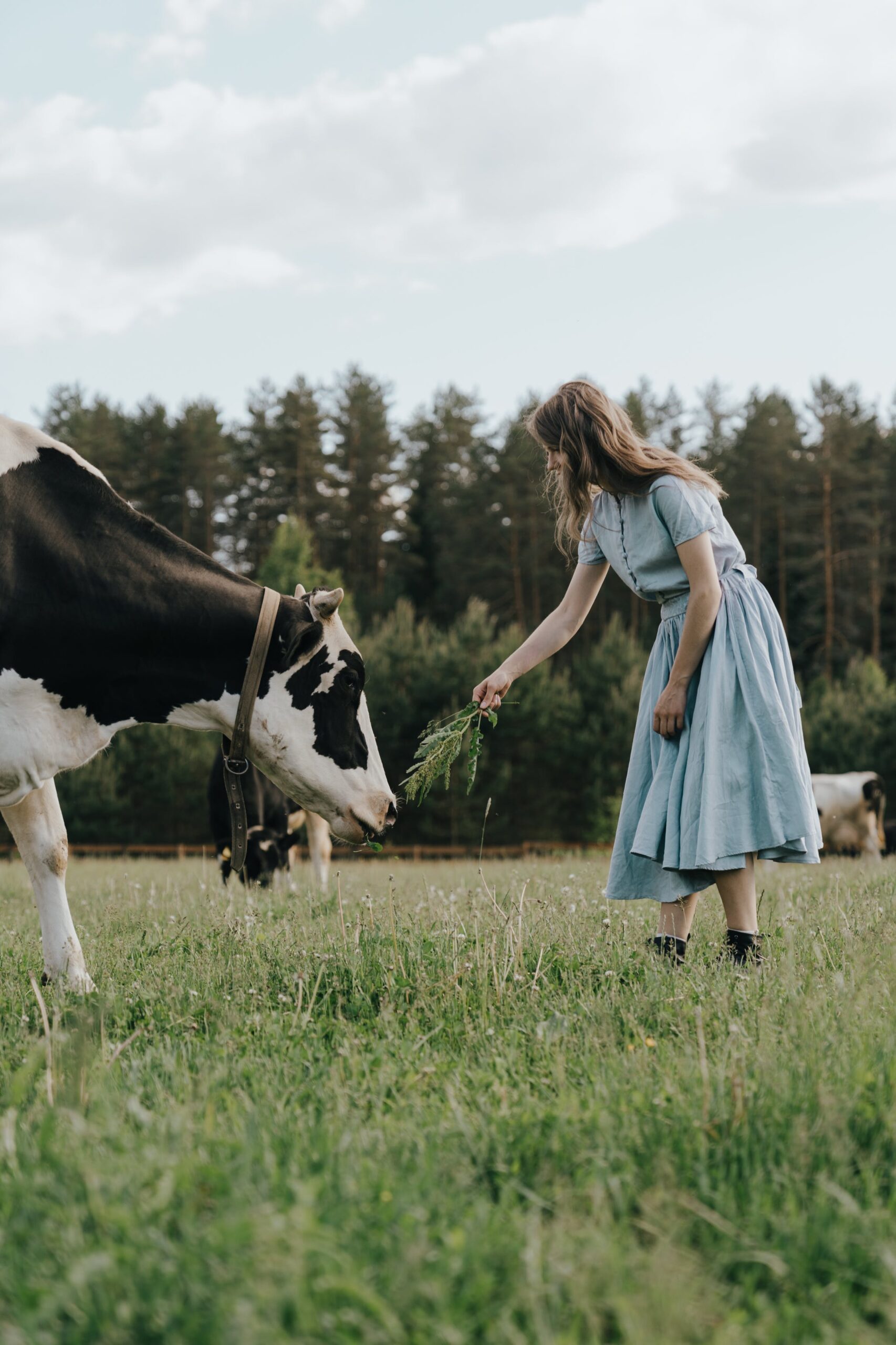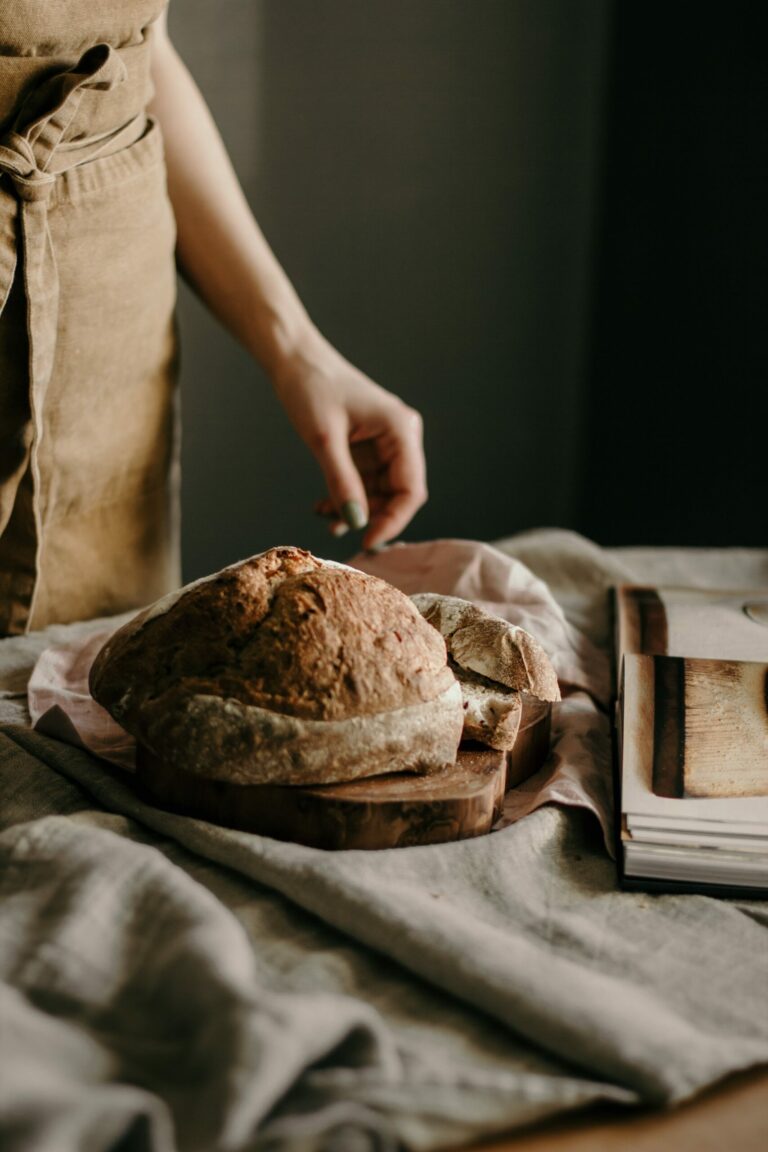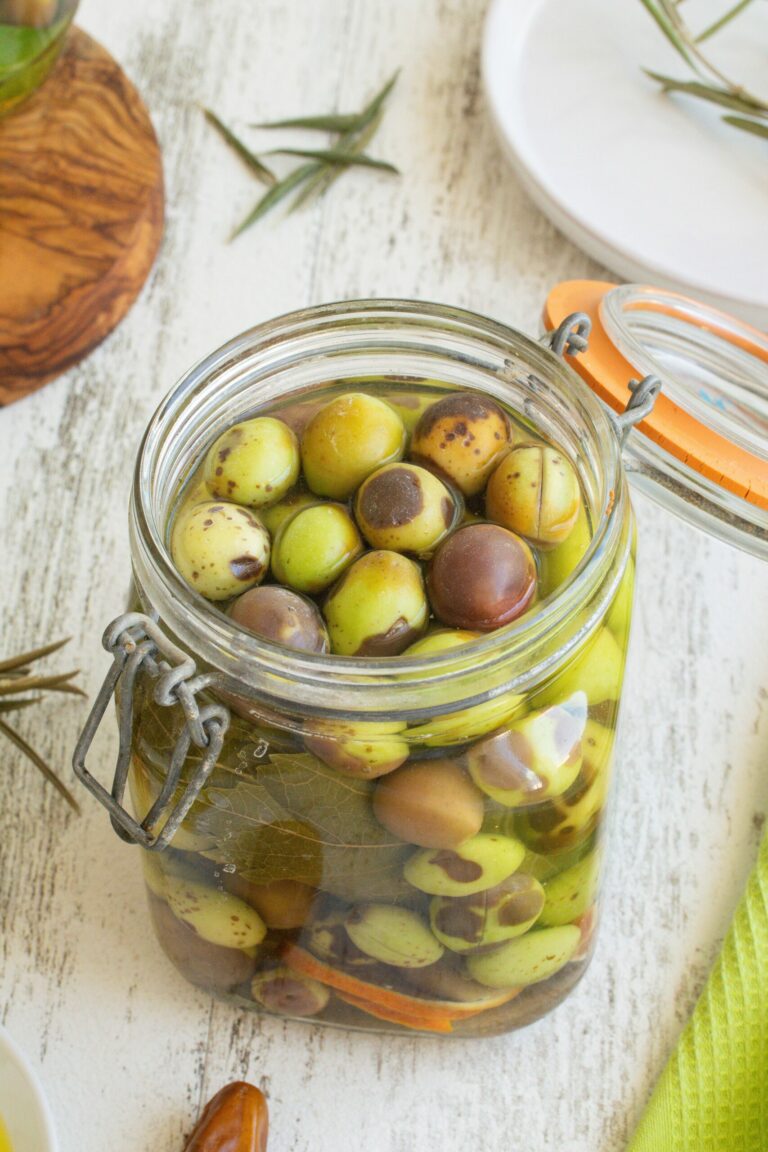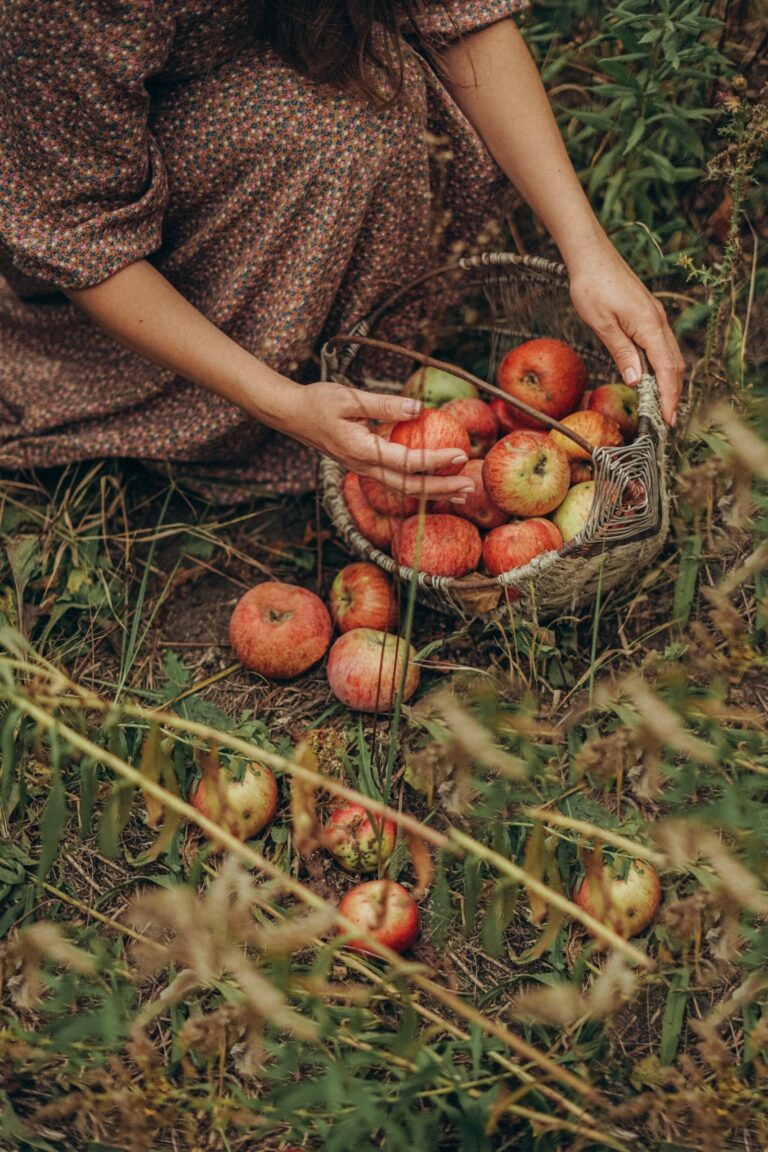Homemade Cheese Making
Welcome to the art of homemade cheese making! If you’re lucky enough to have dairy cows, you’re already on the path to creating delicious, fresh cheese right in your own kitchen. Let’s embark on a journey from milking your cows to savoring the rich flavors of your homemade cheese.
The Joy of Cheese Making
Making cheese at home is a rewarding experience. It’s a process that connects us with traditional food practices and offers a sense of accomplishment unlike any other. Plus, the ability to control the ingredients ensures a natural, healthy product.
Step 1: Milking Your Dairy Cows
The journey of cheese making begins with fresh milk, and there’s nothing fresher than milk straight from your dairy cows. Ensure your cows are healthy and their diet is appropriate, as this directly affects the milk’s quality.

Want to Save This Recipe?
Enter your email & I'll send it to your inbox. Plus, get great new recipes from me every week!
By submitting this form, you consent to receive emails from BENSA
Tips for Milking:
- Milk your cows at the same time each day to keep milk production consistent.
- Ensure cleanliness throughout the milking process to maintain milk quality.
- Cool the milk immediately after milking to preserve its freshness.
Step 2: Preparing the Milk
Before turning your milk into cheese, it needs to be pasteurized to eliminate any harmful bacteria. You can do this by heating the milk to 145°F (63°C) for 30 minutes or 161°F (72°C) for 15 seconds, then cooling it rapidly.
Step 3: Adding Culture and Rennet
Cheese making requires the addition of specific bacterial cultures, which acidify the milk and contribute to the cheese’s flavor and texture. Once the culture is added, rennet is introduced to coagulate the milk, turning it from liquid to curds and whey.
Step 4: Cutting the Curd
The curds are then cut, which helps in the whey separation. The size of the curds depends on the type of cheese you’re making – smaller curds for harder cheeses, larger for softer ones.
Step 5: Cooking and Draining the Curd
Gently cook the curds to further encourage whey expulsion. After cooking, the curds are drained. At this stage, some cheeses may be pressed into molds.
Step 6: Aging the Cheese
Many types of cheese need to be aged in a controlled environment. The aging process develops the cheese’s flavor and texture. This can take anywhere from a few weeks to several years.
Step 7: Enjoying Your Homemade Cheese
Finally, it’s time to enjoy the fruits of your labor. Homemade cheese, with its rich and varied flavors, is a delightful addition to any meal.

Conclusion
Homemade cheese making is a wonderful way to utilize the milk from your dairy cows. It’s a journey filled with learning and experimentation, leading to the creation of unique and delicious cheeses. Each batch of cheese you make is a reflection of your care, skill, and the quality of your milk. So, grab your milk pail, roll up your sleeves, and let’s make some cheese!



